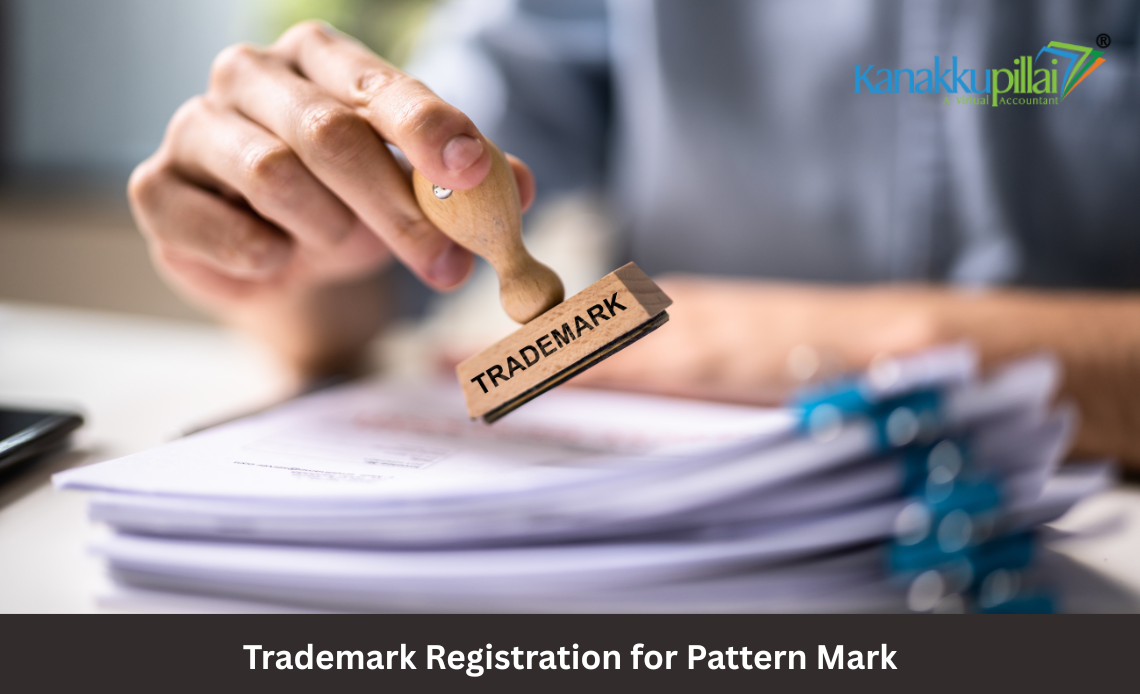A pattern mark is a distinctive type of trademark made up of a repeated design, configuration, or arrangement of elements. Unlike traditional word or logo marks, a pattern mark protects the unique repetition of shapes, symbols, or graphics that can instantly identify the source of a product. Brands often use pattern marks on fabrics, packaging, accessories, or product surfaces to create powerful visual identity. Think of the instantly recognizable patterns used by luxury fashion houses—these designs communicate brand value even without a name or logo. Because patterns can be easily imitated, registering them as trademarks is an essential step in safeguarding brand identity.
Understanding What Qualifies as a Pattern Mark
Trademark Registration for Pattern Mark is that the design must be capable of functioning as a trademark. This means consumers must view the pattern as an indicator of origin, not simply as decoration. Not all repeated designs qualify. Some patterns might be considered too common, too generic, or purely ornamental. To succeed, a pattern mark must be distinctive either inherently or through acquired distinctiveness. Acquired distinctiveness is demonstrated when the pattern has been used long enough and widely enough that consumers automatically associate it with the brand.
Legal Requirements and Documentation
Registering a pattern mark involves meeting specific legal standards and preparing the correct documentation. Authorities typically require a clear representation of the pattern, often shown as a repeatable tile on a flat surface. The application must describe how the pattern is applied to goods or packaging, and the representation must not leave any ambiguity. If the pattern is used in color, the submitted representation should reflect this accurately, unless the applicant seeks protection for the pattern regardless of color. Additionally, evidence may be required to demonstrate the distinctiveness of the pattern, especially if it is not inherently unique.
Examination and Challenges in Registration
During the examination process, the trademark office evaluates whether the pattern is distinctive and non-functional. Examiners may issue objections if the pattern appears merely decorative or is a common design in the industry. Overcoming such objections often requires submitting proof of consumer recognition, advertising materials, sales data, or even consumer surveys. These elements help establish that the pattern has gained a secondary meaning—one that points directly to the brand rather than serving only an aesthetic purpose.
Benefits of Registering a Pattern Mark
Securing trademark protection for a pattern mark offers strong legal advantages. Once registered, the brand gains exclusive rights to use the pattern on specified goods and can prevent others from using identical or confusingly similar patterns. This protection helps maintain brand consistency, discourages counterfeiting, and preserves the unique aesthetic appeal of the product line. For fashion, luxury goods, and consumer product companies, a pattern mark can become a long-term asset that strengthens brand equity and enhances customer recognition.
Conclusion
Pattern marks provide brands with a powerful way to differentiate themselves visually, but the registration process requires precision, clarity, and evidence of distinctiveness. By understanding the requirements and preparing a strong application, businesses can successfully protect their signature patterns and reinforce their brand identity in a competitive marketplace.





Comments